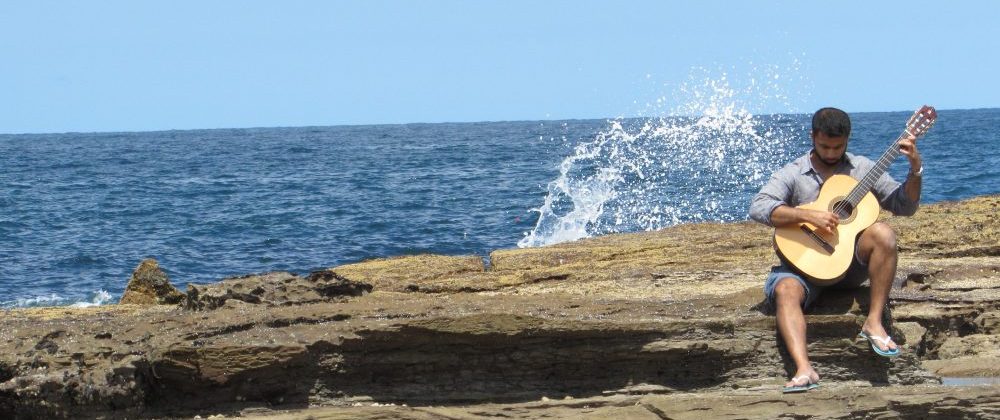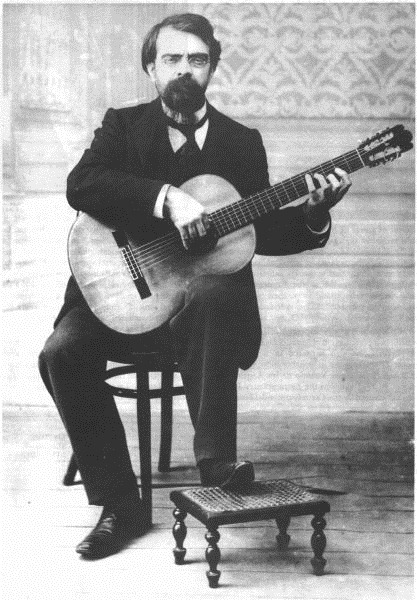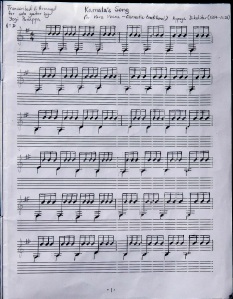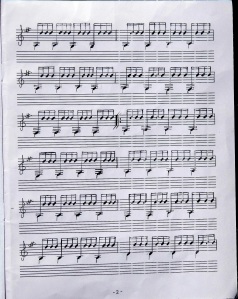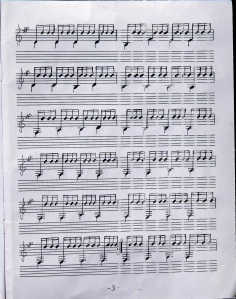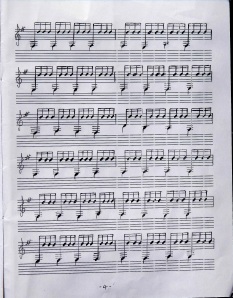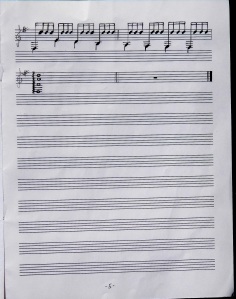Who hasn’t at least once been told something along these lines: slow practice – slow practice is king – slow is smooth, smooth is fast…and other such platitudinous maxims?
As a young guitarist (or any sort of musician), young in either experience or years or both, there comes a point beyond which brute strength, stamina, and talent are no longer enough to nail down the ‘big’ pieces one takes on. At this point, it’s important to start learning how to practice scientifically. One major component of this is mastering the art of slow practice, and incorporating the approach into the time one’s hands spend pounding the increasingly familiar pathways of muscle memory, so to speak. It took me some years to understand how to really benefit from the act of slowing down, and I have come across many who at least initially approach slow practice the way I first did, which is to say, ploddingly and without much understanding of what they could be gaining from doing it right. So here’s my little reinterpretation of the exhortation to slow down.
The thing is, slow practice isn’t quite just that. It’s ever so much more than playing what you play slowly. Slow practice (in the sense of literally playing your piece slowly) is what you look like you’re doing when what you’re really doing is ‘deep’ practice. Of course, it’s important to always play with attention and intention, but in a regular rendition of a piece you know well, your fully engaged mind is actually multitasking. You’re stretching and shifting and tensing and relaxing your left hand, moving your right in all sorts of ways, perhaps shifting your balance with your instrument, and breathing one way or another, while keeping the tension out of your feet, legs, shoulders, jaw, and everywhere else – to name a few. When you engage in slow practice, you’re not multitasking, but focusing deeply on one element of all the demands a given piece makes on your technical ability. Putting a conscious spotlight on an aspect of playing that you usually execute unconsciously requires you to reduce the speed at which you play – hence the term – but need not seem slow in the sense of being tedious when executed properly, because your deeply focused mind needs as much time as you’re giving it to consciously maintain perfection in the task at hand. The extent to which you need to slow down to make this effective does, therefore, depend on the goal of a slowed down practice session. Practicing legato shifts with your left hand may require relatively less of a slowing down than does practicing the unloading of tension in your a finger immediately following a stroke when you’re working on the quality of your tremolo in Recuerdos de la Alhambra. This is not by any means a definitive list of all the things you could think of when you embark on a slow practice session, but here are few things you could focus on in slow practice – one at a time, that is. Since I have already alluded to everyone’s favourite tremolo study, you might recall it where necessary to contextualise my suggestions:
- Left hand relaxation at all times, while holding poses.
- Left hand smoothness and accuracy of shifts.
- Getting the slurs and/or ornaments right (using the big and little knuckles of the left pinky, and figuring out which two fingers you’re playing with on the right hand for that particular little bit.
- Uniformity of tremolo in time, tone, and volume.
- Making sure your right hand is stable, and not dipping from side to side as you play.
- Relaxing your right hand fingers immediately following every stroke they play. This is most easily accomplished by consciously shifting your attention from the finger that has just played to the one that’s playing next. (learning to do this, more than anything else, will automatically give you speed)
- Realising just how much range of motion your thumb has, and that you really don’t need to move your forearm/wrist to hit the 5th & 6th strings.
- Deciding if you’re breathing in or out at a given point in a piece – this is most applicable to fast scale runs.
- Playing with a metronome at different speeds – even if you can blaze through the piece, it’s beneficial to learn to have control over your right hand at all tempos.
I hope this helps you add quality to your practice. Thanks for reading, and play on!
